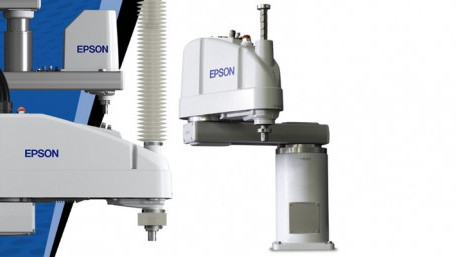
Epson robot programming bears similarities to other industry-standard brands, but contains many unique features, including the ability to run background programs…
Epson robot programming bears similarities to other industry-standard brands, but contains many unique features, including the ability to run background programs alongside the main function.
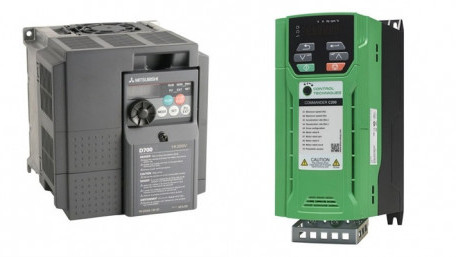
Two common methods exist for driving induction motors with VFDs - linear scalar control, which is often labeled as V/f,…
Two common methods exist for driving induction motors with VFDs - linear scalar control, which is often labeled as V/f, and vector, or field-oriented control, which can be a bit more complex to understand.
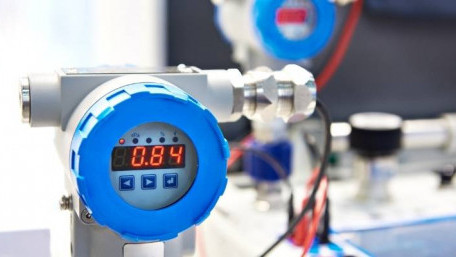
Using an ADC can be very useful when dealing with analog devices in microprocessors, and a necessity when adding analog…
Using an ADC can be very useful when dealing with analog devices in microprocessors, and a necessity when adding analog devices to an industrial controller. But once you connect the hardware - what next?
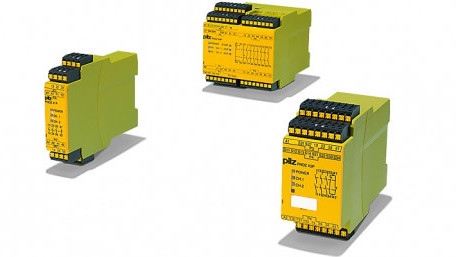
Redundancy and safety are often seen together in industrial safety systems. Safety relays monitor emergency devices to…
Redundancy and safety are often seen together in industrial safety systems. Safety relays monitor emergency devices to switch contacts based on status - but what makes them different from normal relays?
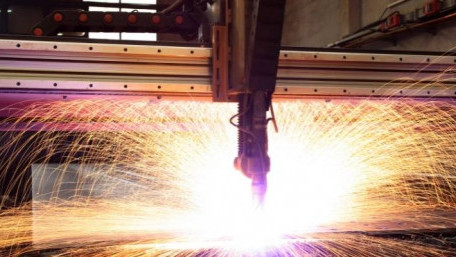
Linear sensors use electrical means to determine their position. Common linear position sensors are resistive, inductive,…
Linear sensors use electrical means to determine their position. Common linear position sensors are resistive, inductive, capacitive, and many rely on a property called magnetostriction.
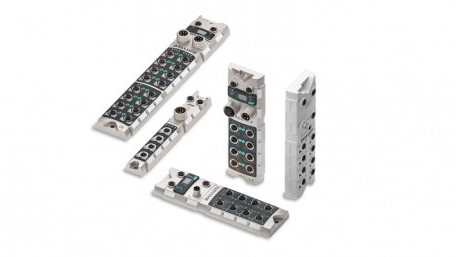
Advanced features such as programmable limits, diagnostics, and remote configuration are available with IO-Link devices.…
Advanced features such as programmable limits, diagnostics, and remote configuration are available with IO-Link devices. Learn how to connect an example IO-Link block into an actual PLC project.
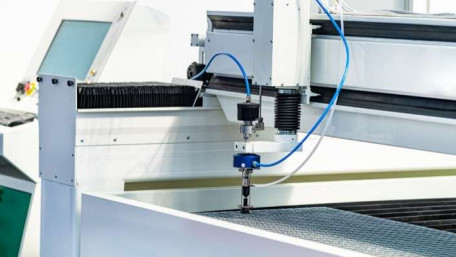
Linear position sensors are used in electrical and fluid-actuated motion devices. They allow extremely precise position,…
Linear position sensors are used in electrical and fluid-actuated motion devices. They allow extremely precise position, velocity, and acceleration control, and provide feedback to ensure product quality and tolerance compliance.
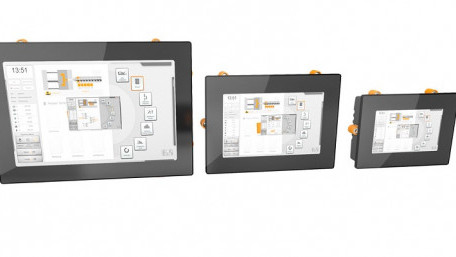
With the increasing appearance of “web-based” HMIs, we investigate these devices, learn how they differ from the…
With the increasing appearance of “web-based” HMIs, we investigate these devices, learn how they differ from the graphical HMIs, and see implications for our modern control system architecture.
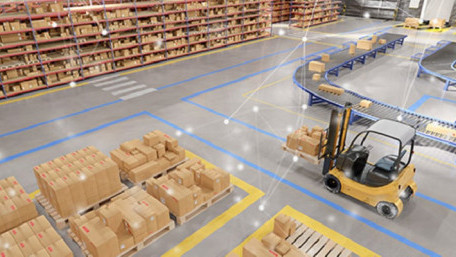
In this article, learn about different challenges that warehouse systems can face and how automation helps solve them.
In this article, learn about different challenges that warehouse systems can face and how automation helps solve them.
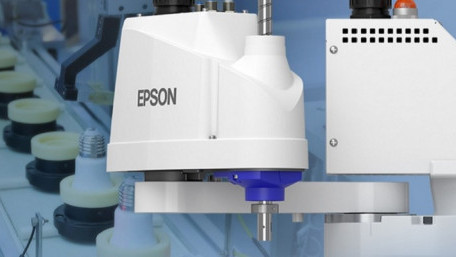
A common staple in the pharmaceutical industry, Epson robots come in a variety of models, programmed with the SPEL+…
A common staple in the pharmaceutical industry, Epson robots come in a variety of models, programmed with the SPEL+ language. Learn the unique traits of the language before diving deeper into a programming example.
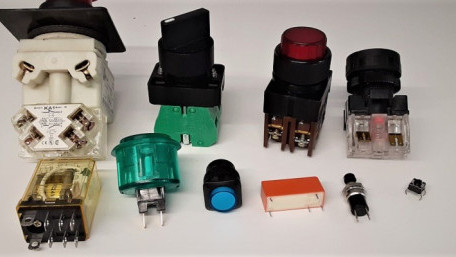
Before digital control systems, responses were fairly slow. Push a button, and a motor contactor engaged. These days, the…
Before digital control systems, responses were fairly slow. Push a button, and a motor contactor engaged. These days, the speed of computers introduces some new challenges but brings solutions as well.
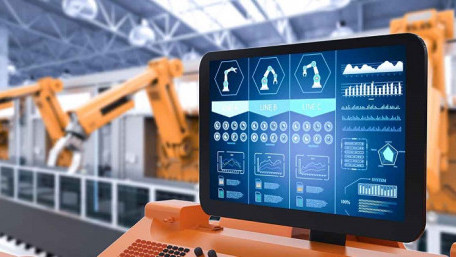
The objective of predictive maintenance is to foresee potential machine failure with the help of machine learning…
The objective of predictive maintenance is to foresee potential machine failure with the help of machine learning algorithms provided with vast quantities of data.
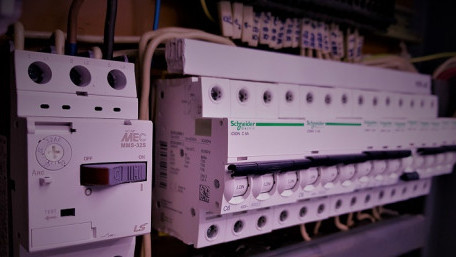
Labels are such a small detail in the world of robotics and automation, they are often given very little attention.…
Labels are such a small detail in the world of robotics and automation, they are often given very little attention. However, they play a vital role in proper system function - from installation to troubleshooting.
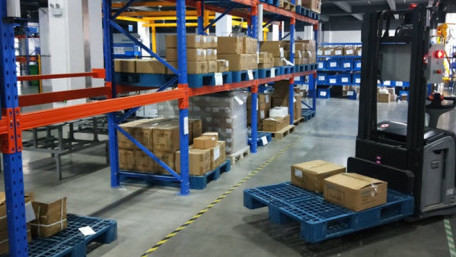
This article explores various characteristics that are common in advanced and highly automated warehouse management systems (WMS).
This article explores various characteristics that are common in advanced and highly automated warehouse management systems (WMS).
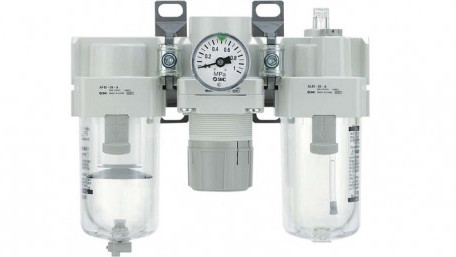
Moisture inside industrial pneumatic systems is a major cause for concern, and if the air is not filtered or dried…
Moisture inside industrial pneumatic systems is a major cause for concern, and if the air is not filtered or dried properly, it can lead to serious failures.
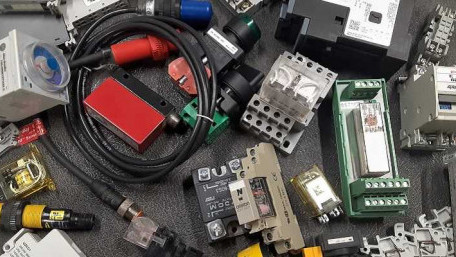
Failures of I/O systems are a common source of headache for control engineers. Troubleshooting those devices that have…
Failures of I/O systems are a common source of headache for control engineers. Troubleshooting those devices that have polarized connections (source vs sink, and NPN vs PNP) is a technique worth refining.
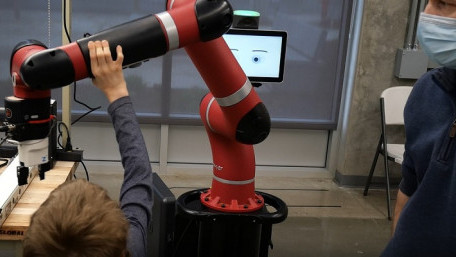
We've read about the capabilities of collaborative robots, but often, one question still remains - how do you program a…
We've read about the capabilities of collaborative robots, but often, one question still remains - how do you program a cobot? Last week, I got a chance to get my hands on a cobot for the first time.
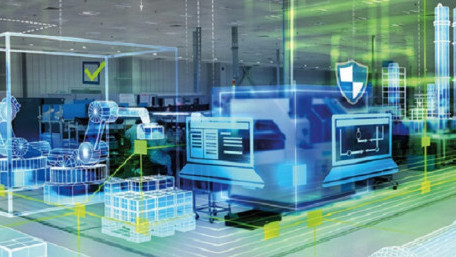
Product lifecycle management (PLM) and industrial automation are growing closer together. This article explores recent…
Product lifecycle management (PLM) and industrial automation are growing closer together. This article explores recent trends and application examples of this software in industry.

The fourth pillar of effective statistical process control (SPC) is the use of designed experiments used to learn as much…
The fourth pillar of effective statistical process control (SPC) is the use of designed experiments used to learn as much as possible from a limited number of experiments, yet remain statistically relevant enough to be useful.
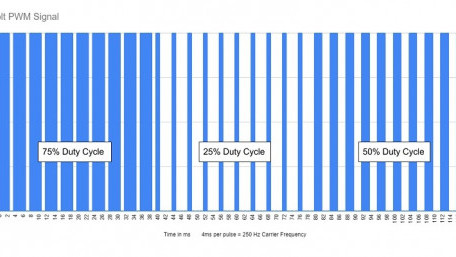
Power delivered to devices can be changed by raising or lowering the voltage and current. But this method does not always…
Power delivered to devices can be changed by raising or lowering the voltage and current. But this method does not always produce intended results. Pulse width modulation (or PWM) can be used to better control variable loads.
